Commercial Radio Australia: The Year in Review Part 2
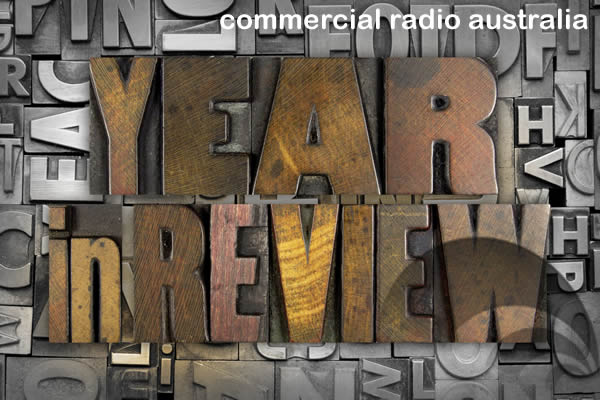
Commercial Radio Australia is headed up by CEO Joan Warner. It’s the industry peak body. In part 1 we talked on the state of play with DAB+, its future and what CRA actually does.
In part 2 with Joan, we will talk about internet streaming and the battle with the PPCA. We look at GfK in 2014 and what is to come in 2015. Will people meters appear? Plus the new regional radio survey methodology and the next moves with it. And we ask Joan what she is looking forward to in 2015 for Commercial Radio.
 Blair Sullivan: Internet streaming …the battle with the PPCA, what’s going on there right now?
Blair Sullivan: Internet streaming …the battle with the PPCA, what’s going on there right now?
Joan Warner: Well we have a tribunal case set down for April and June next year, so there will be no decision on that until the end of next year.
That’s a tribunal matter, so I won’t comment on what’s going on there.
We are still talking to the government about giving some support to local radio on this matter, because essentially what is happening is we are being asked to pay twice for something we have already paid for.
We pay for the music we use in the broadcast, and we are not saying we shouldn’t pay for that; but now they are asking us to pay twice, a second and a higher fee for an exact simulcast live free to air.
And that is just double dipping.
We think there must be a circuit breaker here somewhere and we are just exploring that at the moment.
Blair Sullivan: CRA released a great report into the capacity of Mobile networks for streaming content, I noticed that ACMA last week released their findings as well – The average mobile phone internet user downloaded a heap of data – about 1.9 GB of data in the quarter ending June 2014, which is 53 percent higher than the June quarter of 2013 ? You can see that it’s only going to increase….
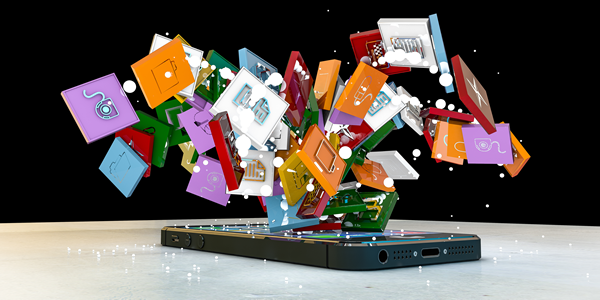
Joan Warner: You see our point is that there seems to be some naivety around what the mobile network capacity will be with everything else that people are wanting to do.
And our point, just to get it into the dialogue and get some conversation around it, is that mobile networks cannot possibly accommodate at the same quality and reliability, as you’ve seen from our call today (Editor Note: Call dropped out for no reason).
If 300,000 people wanted to listen to Kyle and Jackie O from 6 to 9, and another 300,000 people wanted to listen to Alan Jones from 5 to 9, and then everyone else tried to have phone calls, go to their Facebook accounts, and download videos on YouTube, the networks capacity will not allow it.
And we are just trying to get that point out to people who are saying that broadcast won’t be needed. The Telco’s to just accommodate radio broadcasting, not even including Television, would have to put a lot of money into new infrastructure and someone has got to pay for that.
And the fact is streaming radio actually takes away your battery life more than people like, as they are finding out, and it’s only 11%.
It has been around for a while – the average listening period for streamed radio is 15 minutes.
We just wanted to bring it into the conversation, streaming is part of radio’s future. There is no doubt about that because it is convenient for people until we get a (DAB+) chip in their smartphone and then we can have free to air broadcast.
They are also worried about their data allowance, using a radio app is running down their data allowance and their battery. And they want to be on doing social media and all that jazz.
People might be downloading a lot of stuff, but it is not something they necessarily want to do for something they get free to air now.
Streaming is certainly part of radios future and no one is denying that, but it is not going to overtake broadcasting even in the medium term. It just can’t capacity wise.
And I am sure if you scratched the mobile network operators, they would go "Well, we don’t want our networks flooded by 9 million people in metro areas listening to free to air radio with them expecting it to be constant and not drop out and not cost them anything".
 BS: Alright. The transition to GfK for the Metro Surveys, what are the best things to come out of the move?
BS: Alright. The transition to GfK for the Metro Surveys, what are the best things to come out of the move?
JW: I think that the best thing to come out of the move – that there was a real heightened interest in radio. And a real appreciation from our perspective. We have had a lot real positive comments from agency and advertisers that:
1. we actually changed something, and
2. we have moved forward slowly on this, but we have moved forward by at least having an e-diary.
We have got better sampling techniques. More valid and reliable data. And it has been met with a resurgence of confidence I think in the radio ratings data.
The agencies said to us, we knew you were not going to make a massive change, but the fact that you made a change and it is big to change providers, but you’ve also changed with 20% online data and 20% online recruitment. You’ve got better in field technology. The sample goes straight back to GfK headquarters, so you know if you’ve got enough 10 to 17 years olds and your quota sampling for the youth demographics represents the population really well.
So I think that the best thing is a new dialogue about radio ratings with our clients and a new confidence in what we are doing.
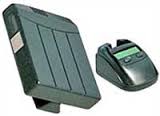 BS: Is there still pressure or an expectation that we should move to the “people meter” type mentality?
BS: Is there still pressure or an expectation that we should move to the “people meter” type mentality?
JW: No. Because what we have said, and I think they have seen the problems in the US and in other places, is that in the first three years of this contract with GfK, now that the first year is over which is the most difficult; that we want to have GfK test for us any electronic devices that are out there. And where it seems suitable we compliment or supplement our diary system with perhaps a panel.
No, we don’t see it taking over but we do see it becoming part of a suite of tools for radio ratings research.
BS: The launch of Regional Radio Surveys..
JW: We have done I think nine areas this year, some of which have not been surveyed in 10 or 12 years.
You know we have the Gold Standard for radio analysis software now, there is not just one package that stations and agencies can choose from to analyse the data -. we have got five on offer that people can choose from. In the past it was just Neilson or nothing.
With the regional surveys hopefully mid-next year we might have a way that the data that comes out for those can also be brought through in what we call a Regional Gold Standard. And somehow also be reported so that agencies and clients can analyse and manipulate (the results) with software. That’s a project we are working on at the moment.
BS: At the moment the methodology for the Regional surveys is using phone call out broadly. Are you going to stick with the phone side or transition to online?
JW: I think we are. We talked about that, but what regional operators are saying is let’s just get this settled down. Let’s get as many markets as we can actually survey for the first time ever or for the first time in 9, 10, 15, 20 years, and let’s get the Regional Gold Standard done. Then, after a year of this being in place let’s have a look at what we can do with it.
So I think you will see more developments, but not for another 12 months. We want to get this bedded down and a few more markets surveyed and confidence in the methodology.
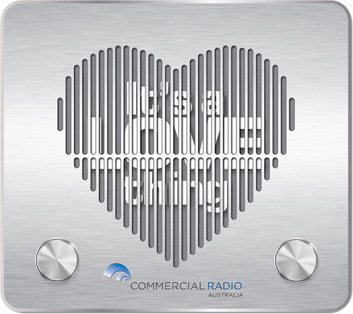 BS: Radio Marketing – you launched Radio It’s a love Thing. How’s the feedback been on that?
BS: Radio Marketing – you launched Radio It’s a love Thing. How’s the feedback been on that?
JW: Fantastic. Absolutely fantastic, and we have even got regional stations asking for collateral on Radio It’s a Love Thing.
At our conference we had our conference bags filled with Radio It’s a Love Thing, our umbrellas, notepads and stuff like that. With our regional stations we have had advertisers who would like to get some of that stuff.
This is just the first phase, the second phase will be launched next year with some more research.
We have had a really good reaction to it from agencies and advertisers. Again it's about keeping radio top of mind.
BS: How’s radios share of the revenue pie been this year compared to other media players?
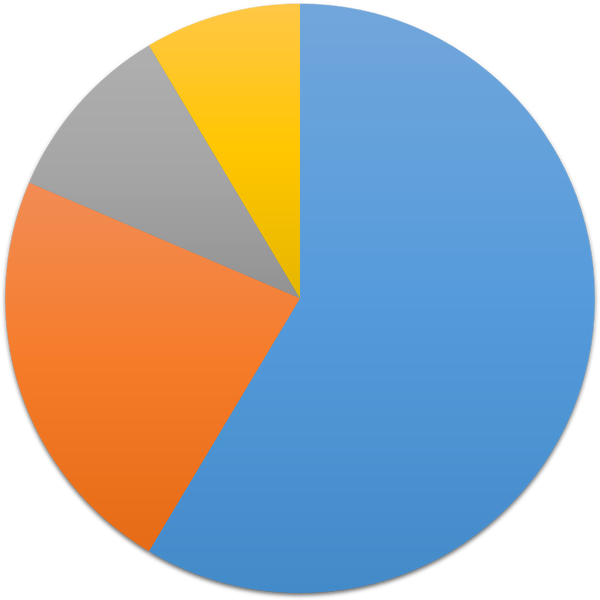 JW: Well we are hanging in there. We are hanging in with 8 or 9%. You know I think that is pretty impressive.
JW: Well we are hanging in there. We are hanging in with 8 or 9%. You know I think that is pretty impressive.
We would like to get more of course, we would like to get it into double figures. But given we haven’t dropped, everyone else has dropped and come back a bit and dropped. We have been around 8%, even through the global financial crisis.
It’s hard work, it’s a hard slog and there is a lot of competition out there.
Radio needs to go out there, keep itself top of mind and telling about our connection with our listeners, Radio It’s a Love Thing. We need to talk about radio effectiveness, radios call to action, radio as a branding medium. We have to just keep blowing our own trumpet.
BS: One of the highlights of this year has been lots of talk and lots of talent moving between various networks, what's the one thing you are looking forward to in 2015?
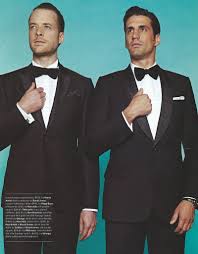 JW: I think in 2015 we are going to have a lot more of that talk because there is a bit of movement around the drive shift into next year. And a bit of movement around the morning shows as well.
JW: I think in 2015 we are going to have a lot more of that talk because there is a bit of movement around the drive shift into next year. And a bit of movement around the morning shows as well.
I am looking forward again to that interest and it’s been maintained through every survey this year. People haven’t got sick of it. It’s been great
I am looking forward to that high level of interest in what radio is actually doing, and who is on radio. What we are doing – who is rating, who is not and what the promotion strategies are.
I think this year has been fantastic – for the interest – for the headlines that radio has got. The fact that we show that people are interested in what happens in radio and we make the news.


